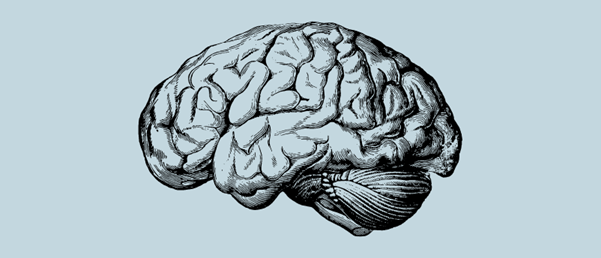
BioTechniques News
Tristan Free

Aggregates of TAF15 have been found in the brains of individuals with a type of early onset dementia, providing a new target for the treatment of this condition.
Researchers from the Medical Research Council Laboratory of Molecular Biology (Cambridge, UK) have identified the protein that forms aggregates in around 10% of individuals with a type of early onset dementia called frontotemporal dementia (FTD). The protein may also be implicated in motor neuron disease. This research could help develop new diagnostics and treatments for FTD.
Many neurodegenerative diseases, including dementias, are characterized by the aggregation of proteins into filaments known as amyloids. In most cases, researchers have been able to identify the proteins that aggregate, allowing them to develop diagnostic tests and treatments that target those proteins.
However, in about 10% of frontotemporal dementia (FTD) cases, the protein responsible has yet to be identified. FTD is caused by the degeneration of the frontal and temporal lobes of the brain, which control emotions, personality, behavior, speech and language comprehension. FTD typically starts at a younger age than other dementias, often diagnosed in people aged 45–65.
In a bid to better understand this type of FTD, the researchers used cryo-electron microscopy (cryo-EM) to study protein aggregates from the donated brains of four people who had the disease. They found that the protein aggregates in each brain had the same atomic structure and identified the protein as TAF15.
“This is an unexpected result because, before this study, TAF15 was not known to form amyloid filaments in neurodegenerative diseases and no structures of the protein existed,” explained Stephan Tetter, first author of the study. “Cryo-EM is transforming our understanding of the molecular pathology of dementia and neurodegenerative diseases more broadly by giving us insights that were beyond the capabilities of previous technologies.”
Benjamin Ryskeldi-Falcon, who led the study, added: “The technical challenge of performing cryo-EM meant that we were only able to look at the brains of four individuals. However, now that we know the key protein and its structure, we have the potential to develop tools to screen for these abnormal protein aggregates in hundreds of patient samples to test how widespread they are.”
Some people with FTD also have amyotrophic lateral sclerosis, also known as motor neuron disease, which is a condition that results in the progressive loss of motor neurons that control voluntary muscles. Two of the individuals in this study had signs of both diseases, and the researchers found the same aggregated structure of TAF15 in brain regions associated with motor neuron disease. The researchers hypothesize that this finding raises the possibility that TAF15 may contribute to both diseases and are now studying if the aggregated structure is present in people who have motor neuron disease but not FTD.
“This discovery transforms our understanding of the molecular basis of frontotemporal dementia. It is a rare finding of a new member of the small group of proteins known to aggregate in neurodegenerative disease,” commented Ryskeldi-Falcon. “Now that we have identified the key protein and its structure, we can start to target it for the diagnosis and therapy of this type of frontotemporal dementia, similar to strategies already in the pipeline for targeting the aggregates of amyloid-beta and tau proteins that characterize Alzheimer’s disease.”
The post TAF15: a vital proteomic clue to the mystery of frontotemporal dementia appeared first on BioTechniques.
Powered by WPeMatico
